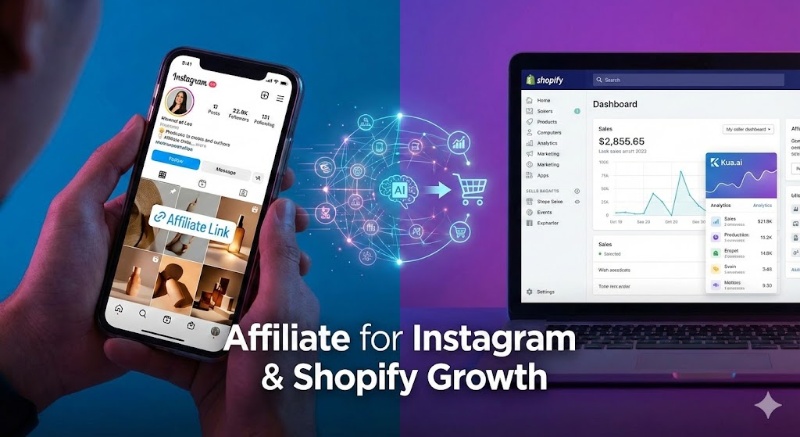Boosting Your Conversion Rate Optimisation: The Power of a Strong Value Proposition
In the digital world, designing your online store isn't just about aesthetics - it's about effectively communicating your brand's value to your customers, thereby boosting your Conversion Rate Optimisation. Let's delve into the art of crafting a compelling value proposition, a crucial aspect of communicating with your customers from the moment they land on your page.
Why Most Visitors Don’t Make It Past Your Headline
ONLY 20% of visitors get past your ecommerce website's headline. That's an alarming statistic for any online retailer. This means that the majority of visitors leave after glancing at your headline. In such a scenario, writing and testing memorable headlines that communicate your brand's value becomes imperative for ecommerce marketers.
Your header should not just display your main product through high-quality images, but it should also highlight your unique value proposition through a clear headline. This is the foundation on which a web visitor decides whether they should stick around or not.
Understanding the Value Proposition
A value proposition is what sets you apart from your competitors. It's the reason why customers should choose your company and your products. In essence, it's a promise of what your brand will deliver. This proposition should focus on the benefits the customers would receive, not just the features of the product.
A good value proposition is memorable, tangible, and easy to understand. It should provide a solution to specific pain points and differentiate your company. The most visible place for your value proposition is your home page and, if you’d like, your product pages.
Creating a Successful Value Proposition: A Step-by-Step Guide
1. Identify a problem your potential customers are facing.
2. Explain how your business can offer a solution to this problem.
3. Explain why your business is unique and how it stands out from the competition.
4. Combine all these elements to write a successful value proposition.
5. Refine and edit your proposition for clarity and impact.
AI tools like Kua.ai can assist in creating effective value propositions by recognizing and comprehending its essential elements.
Key Characteristics of a Great Value Proposition
A great value proposition should be concise and easy to understand. It should emphasize the most significant benefits, solve the most severe pain points, and avoid hype, superlatives, exaggerations, and business jargon. It should also differentiate from the competition in a meaningful way.
Best Value Proposition Examples
Now let's explore some real-life examples of companies with exceptional value propositions:
1. Novo Watch
Novo Watch promises to deliver "Timepieces made from the iconic Champlain bridge." This unique value proposition sets Novo Watch apart from its competitors, instantly capturing attention. The value proposition is prominently displayed on the website and reiterated on the product pages, creating a clear message match.

2. Fjällräven
Fjällräven, a Swedish outdoor clothing and equipment company, crafts products for a lifetime of memories. Their value proposition aligns with their conscious customer base's desires for high-quality and sustainably-made products. This resonates with younger generations across Europe and North America.

3. Tortuga Backpacks
Tortuga Backpacks targets hardcore travelers who value efficiency. Their value proposition, "Pack everything you need for your next big trip," emphasizes the brand's biggest benefit - the ability to fit everything necessary for a trip in a single bag. This clear and compelling message speaks directly to their target audience.

4. Magic Spoon
Magic Spoon, a direct-to-consumer cereal brand, offers protein-packed and flavorful cereals. Their value proposition is straightforward and unambiguous - delivering a clear message about the unique benefits their product provides.

5. ButcherBox
ButcherBox, a meat delivery service, positions itself as a cut above the rest. Their value proposition cleverly implies that some other brands or stores don't handle meat "the right way." By emphasizing their mission and quality, ButcherBox appeals to customers who value premium meat products.

In conclusion, a robust and compelling value proposition is a crucial aspect of CRO. It not just attracts potential customers but also gives them a reason to choose your products over your competitors.
Join 200,000+ Sellers Growing with Kua.ai
You may also interested...

How AI Helps Financial Advisors Turn Client Data Into Action

Unlocking Explosive Growth: The Ultimate Guide to Affiliate for Instagram for Shopify Sellers 2026













